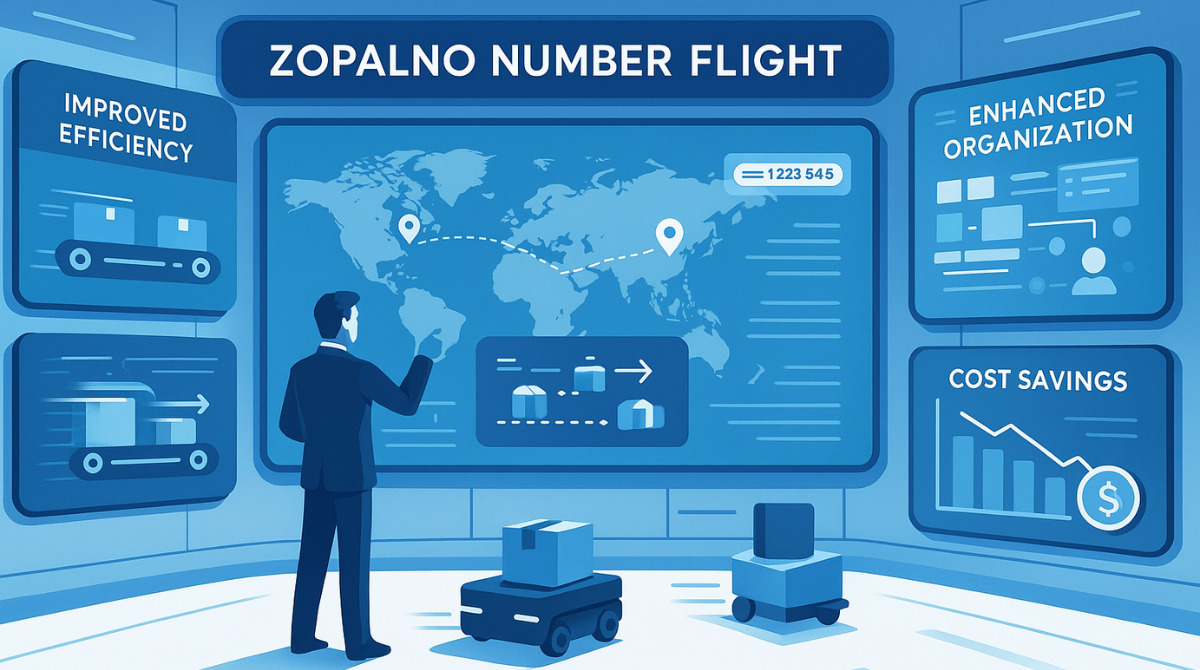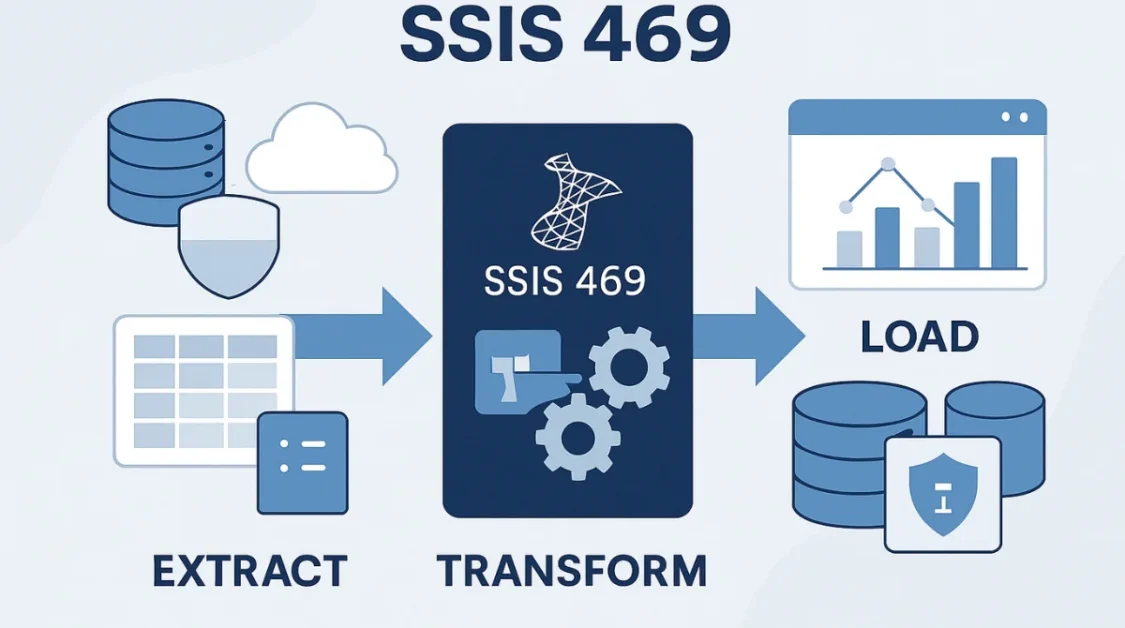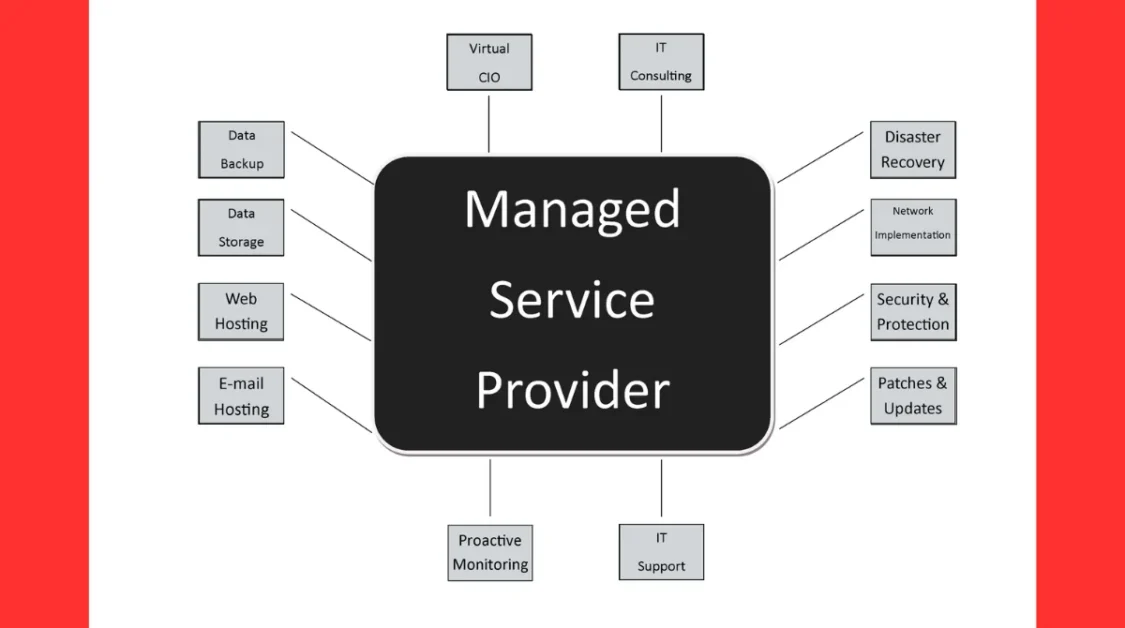In today’s fast-paced world, efficient tracking and organization are crucial across various industries. One innovative system making strides in this area is the Zopalno Number Flight. This system assigns unique numerical codes to flights, enhancing tracking, communication, and overall efficiency. While not universally recognized like IATA or ICAO codes, Zopalno numbers serve specific purposes within certain airline and travel operations.
What Is Zopalno Number Flight?
The Zopalno Number Flight system is a structured numerical approach designed to organize and track items, locations, or events through unique codes. These codes act as identifiers, allowing real-time updates and precise categorization. The system integrates traditional numerical methods with tracking mechanisms, combining structure with the flexibility needed for dynamic industries.
Historical Context
Originating from post-World War II efforts to standardize flight tracking across Mediterranean airspace, the Zopalno system incorporated elements from both civilian aviation protocols and military tracking procedures. NATO forces adopted Zopalno numbers into their Mediterranean operations, adding encrypted suffixes to the basic format to create unique tactical identifiers for combat aircraft and naval aviation units.
Key Features of Zopalno Number Flight
Precision
Zopalno numbers provide precise and accurate identification, reducing the risk of errors common in manual tracking methods. This precision is vital in high-stakes industries like aviation and logistics.
Flexibility
The adaptability of the Zopalno system allows it to serve various industries, from aviation and logistics to digital communication and emergency response coordination. This versatility ensures that the system can provide value across different applications.
Scalability
Designed to handle increasing volumes of data without sacrificing speed or accuracy, the Zopalno system ensures scalability for businesses of all sizes. Whether tracking a handful of shipments or thousands of packages, the system maintains efficiency.
Real-Time Tracking
Integration with tracking technologies like GPS and RFID enables real-time monitoring of items or events. This capability is crucial in industries where schedules need constant updating or where packages must be tracked from origin to destination.
How Zopalno Number Flight Functions?
The Zopalno Number Flight system works by assigning a unique numerical identifier to each flight, shipment, or item that requires tracking. This identifier serves as a reference number, making it easier to organize, track, and manage different aspects of the journey, from takeoff to landing, or from warehouse to final destination.
At its core, the Zopalno system is built on precision and real-time updates. Once a Zopalno number is assigned to a flight or shipment, it is linked to a series of tracking technologies such as GPS, RFID, and barcode scanning. These technologies work together to monitor the flight’s or shipment’s progress, allowing stakeholders to receive timely updates on its status.
Key Steps in Zopalno Number Flight’s Functionality:
- Assigning the Number: Each flight or item is assigned a unique Zopalno number. This number is typically generated by the system, linked to the specifics of the flight or shipment, and stored in a central database.
- Tracking the Item: Throughout the journey, various tracking devices (e.g., GPS for flight paths, RFID for shipments) continually update the status of the flight or item, linking to the Zopalno number. This ensures that any changes in location, timing, or status are automatically reflected in real time.
- Data Integration: The Zopalno system integrates all data points—location, speed, and time—into a centralized platform where authorized personnel can access the information. This could be done through a cloud-based solution, providing accessibility across various platforms and devices.
- Communication and Coordination: The Zopalno number helps communicate between different sectors involved in the process, whether that’s airlines, logistics companies, or emergency responders. This enables smoother coordination, reducing delays and improving efficiency.
- Final Updates: Once the flight or shipment reaches its destination, the Zopalno system records the final status and updates the stakeholders. The number can be used for post-arrival verification, ensuring that the goods or services reach their final destination accurately and on time.
By using a combination of real-time tracking and a systematic numbering approach, the Zopalno Number Flight ensures that each component of the journey is monitored effectively, providing seamless coordination and improving operational efficiency across the board.
Applications Across Industries
Aviation Industry
In aviation, Zopalno numbers enhance flight tracking by providing real-time updates on flight status, aircraft movement, and cargo details. This improvement in coordination ensures that schedules are met without delays or errors.
Logistics and Supply Chain Management
For logistics, real-time tracking is critical for efficient supply chain management. Zopalno numbers allow businesses to track packages and shipments from the warehouse to their destination, minimizing errors and improving customer satisfaction.
Digital Communication Systems
In the digital realm, Zopalno numbers help manage massive datasets, track server performance, and monitor user activity. By categorizing and tracking information using numerical codes, businesses can improve data management efficiency.
Emergency Response Coordination
During emergencies, effective coordination between multiple entities can save lives. Zopalno numbers enhance emergency response efforts by tracking personnel, vehicles, and resources in real-time, ensuring rapid and accurate deployment.
Benefits of Implementing Zopalno Number Flight

Improved Efficiency
By reducing errors and enhancing operational speed, Zopalno numbers help businesses operate more efficiently.
Enhanced Organization
The structured system ensures that all data is well-organized and accessible, reducing confusion and streamlining workflows.
Increased Transparency
Real-time updates provide full visibility of data across all stakeholders, creating an open and transparent process that builds trust among partners, clients, and customers.
Cost Savings
With better organization, reduced errors, and faster processes, businesses can save money by optimizing resources and reducing costs associated with lost packages, missed deadlines, and inefficient tracking systems.
Challenges and Limitations of Zopalno Number Flight
While the Zopalno Number Flight system offers many benefits, there are also several challenges and limitations that organizations need to consider when implementing and maintaining the system. These challenges can impact its effectiveness and the ease of integration into existing infrastructure.
1. Complex Setup
One of the primary challenges of implementing the Zopalno Number Flight system is the complexity of its setup.Integrating this system into an organization’s existing operations requires careful planning, robust infrastructure, and the right technologies.The process often involves updating or replacing legacy systems, ensuring compatibility with modern tracking devices, and aligning all stakeholders to use the system efficiently.For small to mid-sized businesses, this can be a resource-heavy task that may require external expertise and a dedicated implementation team.
2. Dependence on Technology
The Zopalno system relies heavily on technology such as GPS, RFID, and real-time communication networks.While these technologies provide accurate and efficient tracking, they also create vulnerabilities.In cases of system failures, technical glitches, or cyberattacks, the entire tracking system may be compromised, leading to loss of data or delays.For example, if the GPS signal is lost or a server goes down, the tracking information may become inaccurate or unavailable, causing confusion and delays in critical operations.Organizations must invest in strong cybersecurity measures, regular system updates, and redundant systems to mitigate these risks.
3. High Initial Costs
Setting up a Zopalno Number Flight system can involve significant upfront investment.The costs are not limited to purchasing new technologies like GPS or RFID devices but also extend to training staff, integrating software, and ensuring the system works seamlessly with existing processes.For smaller organizations or startups, these initial costs can be a significant barrier to entry.Moreover, ongoing maintenance and upgrades also incur recurring expenses, which can strain the budget.
4. Scalability Issues for Small Organizations
While Zopalno Number Flight is designed to scale for large organizations, smaller companies may struggle with implementing the system effectively.Smaller businesses may not have the resources to handle large-scale data tracking or the expertise required to scale the system as the business grows.In such cases, they may only benefit from a portion of the system’s capabilities, missing out on the full potential of the technology.This limitation could lead to inefficiencies and missed opportunities for optimization.
5. Learning Curve and Training Needs
Another challenge is the learning curve associated with implementing the Zopalno Number Flight system.For employees unfamiliar with the system, it can take time to learn how to input, track, and interpret the Zopalno numbers correctly.Proper training is essential to ensure that staff members use the system effectively, but it can also lead to additional time and resource commitments from the organization.Organizations need to ensure that their employees are properly trained, which can involve hiring external trainers or investing in training programs.
6. Data Overload
As businesses expand and the Zopalno Number Flight system tracks a larger volume of data, there can be issues related to data overload.With so much information flowing through the system, it can become difficult to sort through and extract meaningful insights.This could result in bottlenecks where important data points get lost, making it harder for organizations to make timely decisions.Organizations need to invest in data management solutions, such as advanced analytics or machine learning, to help manage and interpret the large datasets generated by the system.
7. Lack of Universal Adoption
While the Zopalno Number Flight system is beneficial, it is not yet universally adopted. This can create challenges when organizations try to collaborate or share data across different systems.If one company is using the Zopalno system while another is using a different tracking system, the lack of standardization can lead to compatibility issues.These interoperability issues can slow down operations, create confusion, and reduce the overall efficiency of the system. As more industries and businesses adopt Zopalno numbers, these issues may be mitigated, but in the short term, companies may face difficulties in cross-system integration.
8. Privacy Concerns
Given that Zopalno numbers are often used for tracking people, goods, or vehicles in real time, there are potential privacy concerns. Customers and employees may feel uncomfortable with the idea of constant monitoring, leading to trust issues.It’s essential for organizations to establish strong privacy protocols and ensure compliance with privacy regulations to mitigate these concerns. Organizations must be transparent about the data being tracked, how it is being used, and who has access to it.
9. Regulatory Compliance
Depending on the industry and location, organizations must ensure that their use of the Zopalno Number Flight system complies with regulatory requirements. For example, data protection laws, aviation regulations, and shipping protocols could impose restrictions on how the system is implemented and used.Failure to comply with these regulations can lead to legal issues, fines, or damage to the organization’s reputation. Organizations need to stay informed about the legal landscape and adjust their systems accordingly to avoid running afoul of regulatory authorities.
Despite these challenges, the benefits of the Zopalno Number Flight system make it a valuable tool for organizations that prioritize efficiency, precision, and real-time tracking. However, to fully realize its potential, businesses need to carefully plan its integration, ensure proper training and support, and be mindful of potential risks. By doing so, they can harness the power of the system while navigating its limitations.
Future Prospects
Looking ahead, the potential of Zopalno Number Flight is vast. With the integration of artificial intelligence, machine learning, and enhanced security measures, the system could revolutionize how industries track, organize, and analyze data. As more sectors adopt this technology, its applications could expand to areas like healthcare, education, and entertainment.
Conclusion
Zopalno Number Flight represents an innovative leap in how businesses and industries track, organize, and manage data. Its precision, adaptability, and scalability make it an invaluable tool for sectors like aviation, logistics, and digital communication. As technology continues to evolve, embracing systems like Zopalno Number Flight will be essential for staying ahead in an increasingly data-driven world.
Related Topic: A Comprehensive Guide on How to Plan Your Ultimate Travel Experience



